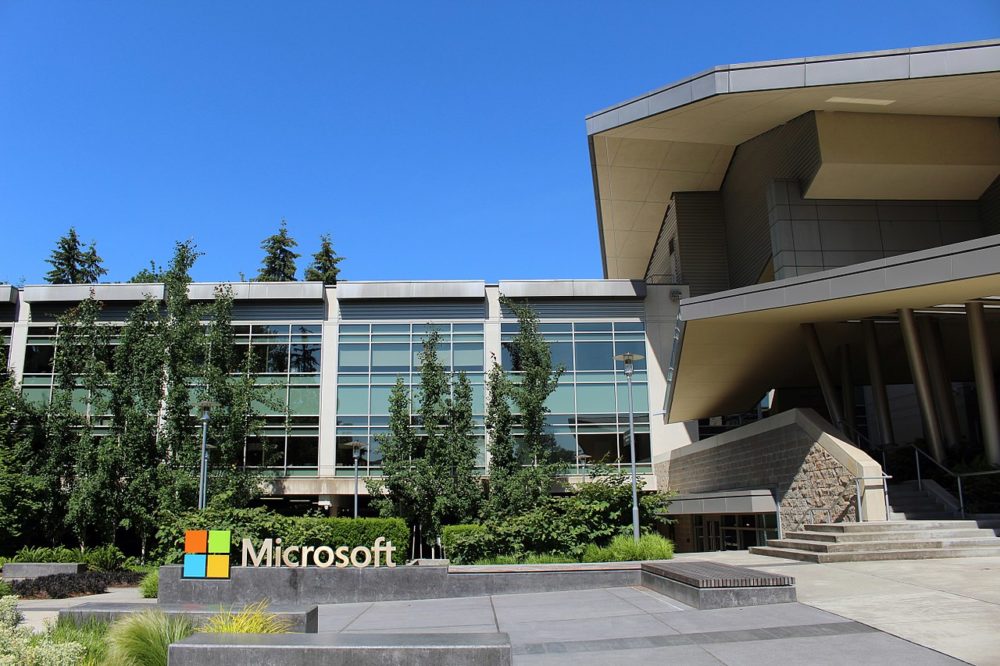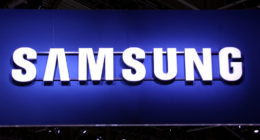Virtual Reality is, hands down, one of the finest discoveries of this century, however, it has its own trivial limitations. For instance, one can not imagine wearing a VR headset and walking on regular roads without the risk of bumping to a wall or falling into a manhole. Well, Microsoft has just overcome its limitation through its new Virtual Reality system ‘DreamWalker’ through which they have aimed to convert a mundane walk into a VR experience through an array of inside-out tracking and GPS navigation to avoid any obstacles coming in the way.
To analyze the system, eight testers walked through Microsoft’s campus while submerged in three different VR environments, namely, the New York City, a beach, and a frontier town. Their testing equipment included the VR headset, a backpack with a PC, a monitor with some other devices.
The system populated the path with and showed various other visual clues to shepherd the walkers through any obstacles. One such example were seen on the streets on Manhattan where concrete-looking blocks on the way suggested the walkers of an upcoming hurdle.
The most noteworthy things we have seen in this research is VR’s ability to locate and drive away the walkers from the real life components such as light poles, a result of Microsoft’s inside-out tracking system and RGBD frames.
Considering the current outcome of research from Microsoft, very few people are comfortable obstructing their real life vision to be submerged in Virtual Reality while on steps, however, Microsoft has designed the VR for
a future in which people spend considerably more time in virtual reality, even during moments when they walk between locations in the real world.
Many companies are currently investing their resources to create a wearable which would include virtual components in the real life environment, however, most of the ventures are focused on augmented reality- super-imposing a 3-D virtual image on the real world environment.
Microsoft’s endeavor is first of its kind, where the real world is entirely foregrounded through the VR. Facebook’s Insight, which is to power its Oculus Quest and Rift S headsets is also cited to produce similar results, however, its release dates are yet to be revealed by the company.





